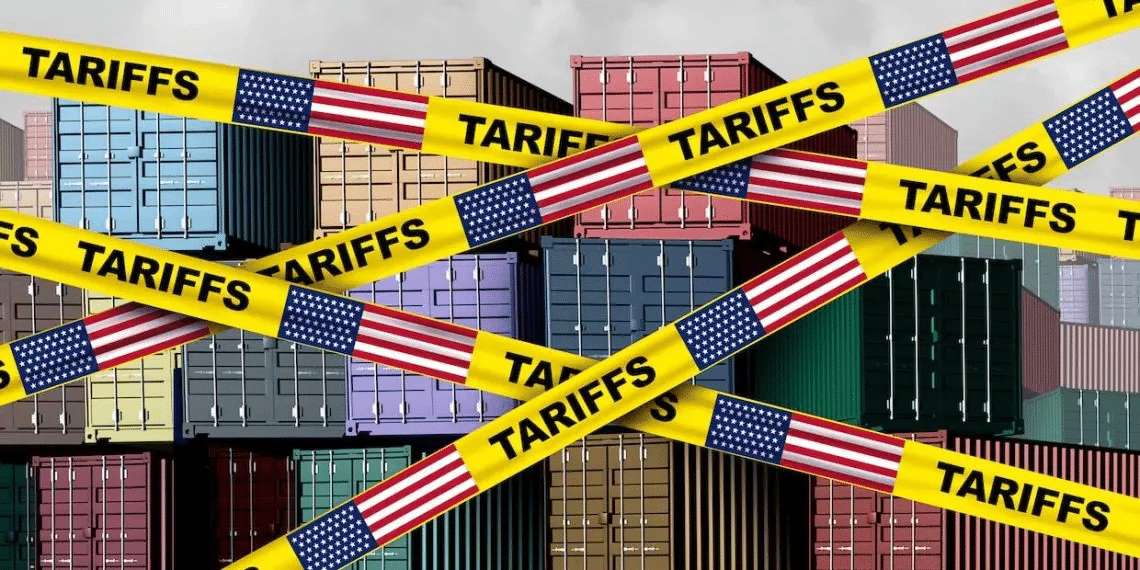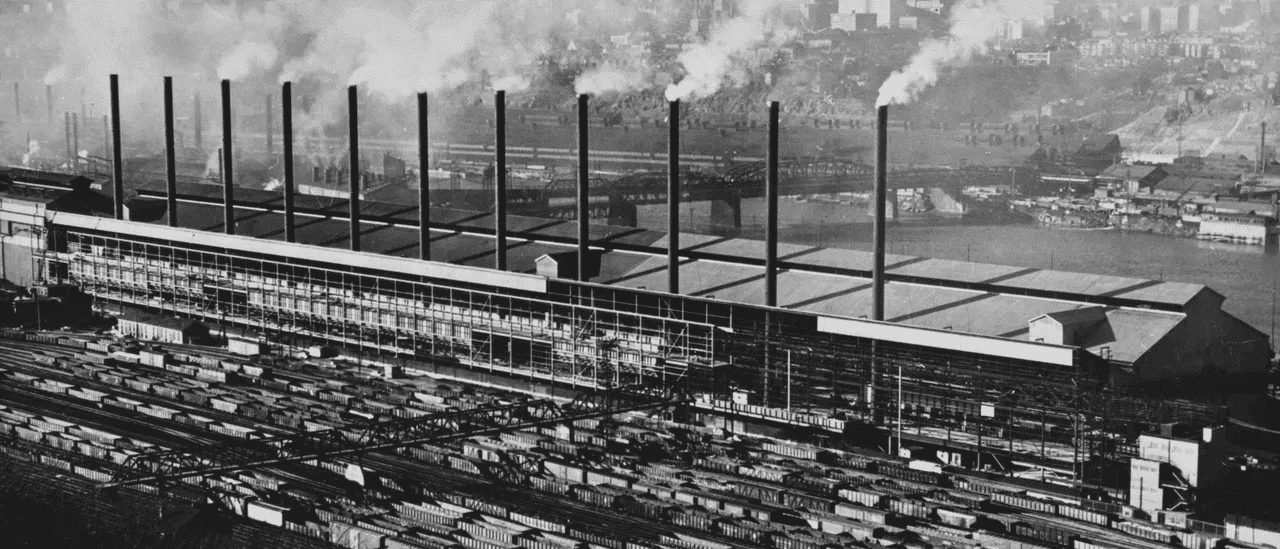
The construction industry is facing a formidable challenge as new tariffs on essential materials loom over its future. With the potential to dramatically increase project costs, these tariffs threaten not just current endeavors but also the viability of future construction projects. In this article, we will explore the impact of these tariffs on the construction industry, the materials affected, the potential responses from industry stakeholders, and the long-term consequences if these trade measures persist.
Understanding the New Tariffs
The recently announced tariffs mainly target imports of essential construction materials. From steel and aluminum to lumber and finished products, the tariffs apply to goods from countries regarded as non-compliant with current trade agreements or seen as economic competitors. As of now, these tariffs amount to a substantial surcharge on imported goods, which are crucial to various sectors, particularly construction.
Impact on Construction Costs
Direct Cost Increases
The most immediate effect of these tariffs is a noticeable rise in the cost of construction materials. For construction companies, this means:
- A direct increase in the cost of raw materials, leading to higher project expenses
- An inflationary trend that can escalate budgets and disrupt financial planning
- A potential reduction in profit margins as companies absorb additional costs to remain competitive
Supply Chain Disruptions
Beyond the cost implications, tariffs can instigate significant disturbances in the global supply chain:
- Delays in material delivery due to increased customs inspections and extended shipping times
- A surge in demand for locally produced materials, often resulting in shortages and escalating prices
- The need for businesses to source alternative suppliers, which may not meet quality or consistency standards
Effect on Future Projects
Planning and Budgetary Constraints
With the unpredictability of these tariffs, construction firms are finding it difficult to plan and commit to future projects:
- Greater difficulty in securing financing due to fluctuating material costs
- Challenges in project estimation and bidding, potentially leading to increased project abandonment
- Wider economic implications as construction slows, affecting job creation and GDP growth
General Industry Sentiment
The reaction from industry stakeholders has been largely negative, with concerns about long-term implications:
- Construction firms might downsize their operations or scale back on new developments
- Investors are becoming increasingly wary of committing capital due to price volatility
- An environment of uncertainty that might stifle innovation and technological advancement
Potential Industry Responses
Strategies for Mitigation
Despite these challenges, the construction industry is actively seeking ways to mitigate the impact of the tariffs:
- Exploring alternative materials and more innovative building techniques to reduce reliance on affected imports
- Strengthening relationships with local suppliers to take advantage of regional resources
- Implementing scalable technology solutions to enhance operational efficiency and reduce wastage
Advocacy and Policymaking
The industry is also engaging in advocacy efforts to request relief and adjustments to these tariffs:
- Lobbying government officials to reconsider the scope and scale of these tariffs
- Working with industry associations to collectively voice concerns and propose viable solutions
- Encouraging dialogues on sustainable trade policies that safeguard domestic industries without stunting growth
Long-term Consequences
Market Adjustment
Should these tariffs persist, the construction industry may witness a significant market adjustment:
- Potential for increased localization of supply chains in construction
- Consolidation within the industry as smaller firms struggle to adapt
- Greater emphasis on developing cost-effective, environmentally sustainable practices
Global Trade Implications
These tariffs could also have repercussions beyond national borders, affecting global trade relations:
- Possible retaliation from affected countries leading to a trade war, further escalating costs
- Shifts in international competitive dynamics as companies realign their supply chains
- The potential for multilateral trade negotiations to establish new norms and balance of trade
Conclusion
The imposition of new tariffs places the construction industry at a critical crossroads. As the industry grapples with increased costs, supply chain disruptions, and uncertain futures, it is essential for stakeholders to adopt strategic approaches to mitigate these impacts. From exploring alternative materials to advocating for fair trade policies and implementing innovative technologies, the industry must adapt to continue thriving in a globalized economy.
However, if the tariffs persist without resolution, they could alter the construction landscape for years to come, emphasizing the importance of proactive measures and collaborative dialogue amongst industry leaders, policymakers, and international partners.






























